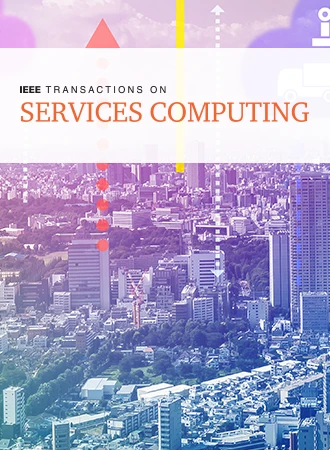HGDRec:Next POI Recommendation Based on Hypergraph Neural Network and Diffusion Model
IF 5.8
2区 计算机科学
Q1 COMPUTER SCIENCE, INFORMATION SYSTEMS
引用次数: 0
Abstract
In recent years, next Point-of-Interest (POI) recommendation is essential for many location-based services, aiming to predict the most likely POI a user will visit next. Current research employs graph-based and sequential methods, which have significantly improved performance. However, there are still limitations: numerous methods overlook the fact that user intent is constantly changing and complex. Furthermore, prior studies have seldom addressed spatiotemporal correlations while considering differences in user behavior patterns. Additionally, implicit feedback contains noise. To address these issues, we propose a recommender model named HGDRec for the next POI recommendation. Specifically, we introduce an approach for extracting trajectory intent by integrating multi-dimensional trajectory representations to achieve a multi-level understanding of user trajectories. Then, by analyzing users’ long trajectories, we construct global hypergraph structures across spatiotemporal regions to comprehensively capture user behavior patterns. Additionally, to further optimize trajectory intent representation, we employ a feature optimization method based on the improved diffusion model. Extensive experiments on three real-world datasets validate the superiority of HGDRec over the state-of-the-art methods.基于超图神经网络和扩散模型的Next POI推荐
近年来,下一个兴趣点(POI)推荐对于许多基于位置的服务至关重要,旨在预测用户下次访问的最有可能的兴趣点。目前的研究采用了基于图和顺序的方法,这些方法显著提高了性能。然而,仍然存在局限性:许多方法忽略了用户意图是不断变化和复杂的这一事实。此外,以往的研究在考虑用户行为模式差异时很少涉及时空相关性。此外,隐式反馈包含噪声。为了解决这些问题,我们提出了一个名为HGDRec的推荐模型,用于下一个POI推荐。具体来说,我们引入了一种通过整合多维轨迹表示来提取轨迹意图的方法,以实现对用户轨迹的多层次理解。然后,通过分析用户的长轨迹,构建跨时空区域的全局超图结构,全面捕捉用户行为模式。此外,为了进一步优化轨迹意图表示,我们采用了一种基于改进扩散模型的特征优化方法。在三个真实世界数据集上进行的大量实验验证了HGDRec优于最先进的方法。
本文章由计算机程序翻译,如有差异,请以英文原文为准。
求助全文
约1分钟内获得全文
求助全文
来源期刊

IEEE Transactions on Services Computing
COMPUTER SCIENCE, INFORMATION SYSTEMS-COMPUTER SCIENCE, SOFTWARE ENGINEERING
CiteScore
11.50
自引率
6.20%
发文量
278
审稿时长
>12 weeks
期刊介绍:
IEEE Transactions on Services Computing encompasses the computing and software aspects of the science and technology of services innovation research and development. It places emphasis on algorithmic, mathematical, statistical, and computational methods central to services computing. Topics covered include Service Oriented Architecture, Web Services, Business Process Integration, Solution Performance Management, and Services Operations and Management. The transactions address mathematical foundations, security, privacy, agreement, contract, discovery, negotiation, collaboration, and quality of service for web services. It also covers areas like composite web service creation, business and scientific applications, standards, utility models, business process modeling, integration, collaboration, and more in the realm of Services Computing.
 求助内容:
求助内容: 应助结果提醒方式:
应助结果提醒方式:


